
What is wheat gluten?
Wheat gluten, also known as seitan, is a popular ingredient in the food industry due to its unique properties. It is the protein found in wheat that gives dough its elasticity and helps it rise when baked. This component plays a crucial role in the texture and structure of many food products. In simple terms, wheat gluten is what makes bread chewy and pasta firm.
Furthermore, wheat gluten is a key ingredient in plant-based meat substitutes, providing a meat-like texture and helping bind other ingredients together. Its versatility allows for a wide range of culinary applications, making it a favorite among chefs and food manufacturers alike. Understanding the definition and significance of wheat gluten is essential for those in the food industry to create products that meet consumer demands and dietary preferences.
Wheat gluten is not just a protein but a fundamental element that shapes the food we consume. Its importance in the food industry cannot be understated, as it contributes to the taste, texture, and structure of various products. Stay tuned to explore the composition, uses, and health effects of wheat gluten in the following sections.

Composition of Wheat Gluten
1. Glutenin
-
Characteristics: Glutenin proteins are high molecular weight and provide elasticity and strength to the dough. They help dough retain its shape and rise during baking.
-
Function: Contributes to the dough's ability to stretch and trap gases, giving bread its chewy texture.
2. Gliadin
-
Characteristics: Gliadin proteins are lower in molecular weight and contribute to the dough’s extensibility, allowing it to stretch.
-
Function: Provides viscosity and extensibility to the dough, which is crucial for the texture of baked products.
Other Components
-
Water: Gluten proteins are hydrophilic and bind with water to form a network that traps air and gas bubbles.
-
Lipids: Small amounts of lipids (fats) are present, which can affect the texture and stability of the gluten network.
-
Carbohydrates: Minimal carbohydrates are found in gluten, primarily associated with the proteins.
Key Functions of Gluten:
-
Dough Structure: Gluten forms a network that gives dough its structure and elasticity, essential for bread and other baked goods.
-
Gas Retention: Helps retain carbon dioxide produced by yeast or other leavening agents, allowing the dough to rise.
-
Texture: Affects the texture and chewiness of baked products.
Uses of Wheat Gluten
1. Baking Industry
-
Bread: Enhances the elasticity and texture of bread dough, improving its rise and chewiness.
-
Pastries: Provides structure and texture to pastries and other baked goods, contributing to a desirable crumb and mouthfeel.
2. Meat Substitutes
-
Seitan: Used to make seitan (also known as wheat meat or wheat gluten), a popular meat substitute in vegetarian and vegan diets due to its chewy texture and high protein content.
3. Food Processing
-
Thickener: Acts as a thickening agent in soups, sauces, and gravies, helping to achieve the desired consistency.
-
Stabilizer: Helps stabilize and improve the texture of processed foods such as snacks and ready-to-eat meals.
4. Pasta Production
-
Pasta: Contributes to the texture and elasticity of pasta, ensuring it holds its shape and has the right bite.
5. Pet Food
-
Animal Feed: Used as a protein supplement in pet foods, particularly in dry dog and cat food, to enhance nutritional content.
6. Brewing Industry
-
Beer Production: Helps with the clarification of beer by aiding in the formation of sediment and improving the stability of the product.
7. Textiles
-
Fabric Production: Used in the textile industry to improve the texture and strength of fabrics.
8. Industrial Applications
-
Adhesives: Incorporated into adhesives and coatings to improve bonding properties and strength.
-
Paper Industry: Used in the production of specialty papers and cardboard for added durability and texture.
Health Effects of Wheat Gluten
-
For Most People: Generally safe and provides protein and texture in foods.
-
Celiac Disease: Causes autoimmune damage to the small intestine, leading to digestive issues and long-term health risks.
-
Non-Celiac Gluten Sensitivity: Can cause digestive problems and other symptoms without autoimmune damage.
-
Wheat Allergy: Triggers allergic reactions, including severe symptoms like anaphylaxis.
-
Gluten-Free Diet Benefits: Relief from symptoms for those with gluten-related disorders, but requires careful nutritional planning.

Wheat Gluten Demysterified
Wheat gluten, a protein found in wheat grains, plays a crucial role in the food industry due to its unique properties and versatile applications. It serves as a vital ingredient in various food products, contributing to their texture, structure, and nutritional content.
In conclusion, wheat gluten, commonly known as the "protein of wheat," is a key component in many food items, ranging from baked goods to plant-based meat substitutes. Its elastic and binding properties make it an excellent meat extender and binder in vegetarian products, enhancing their texture and mouthfeel. Additionally, wheat gluten acts as a stabilizer and thickener in processed foods, contributing to their overall quality.
Understanding the significance of wheat gluten in the food industry is vital for food manufacturers and consumers alike. By knowing what wheat gluten is and its various uses, individuals can make informed decisions about their dietary choices. Whether one has gluten sensitivities or not, being aware of the presence and function of wheat gluten in food products is essential for a healthy and balanced diet.
This Blog post is an initiative by Lo! Foods, to provide accurate and Nutritionist / Doctor approved information related to Health. Lo! Foods is India's leading brand for Everyday Functional Foods. Foods designed for specific Health conditions or Needs. Lo! Foods also runs India's largest range of Low Carb Healthy Cloud Kitchens, under the brand names of Lo!, ProteinChef, ATH (All Things Healthy) and DiabeSmart.



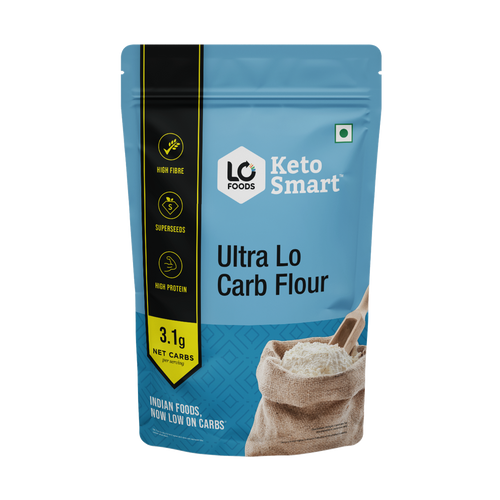
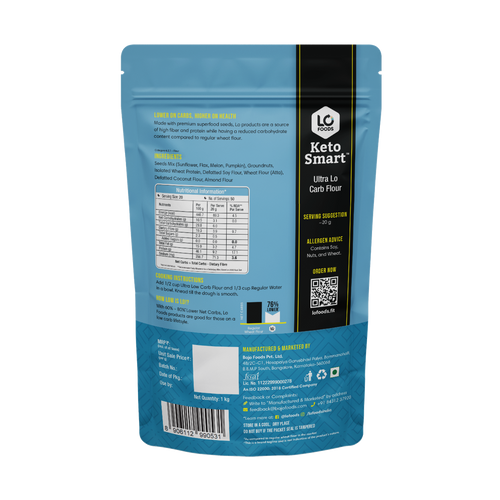

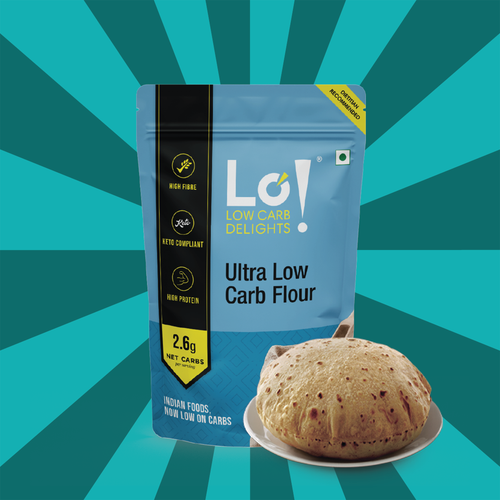


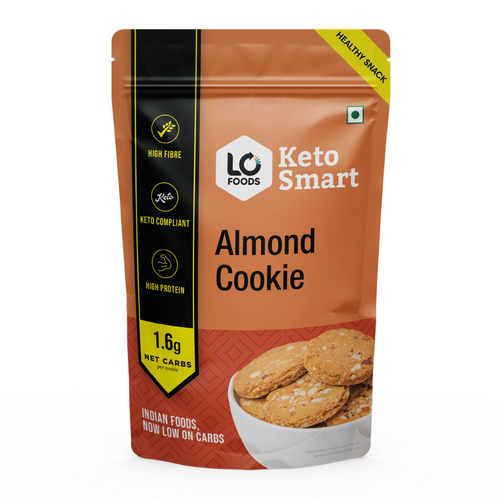



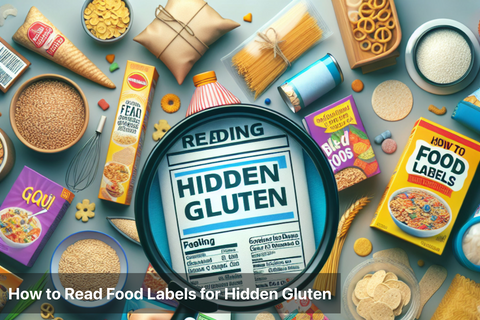
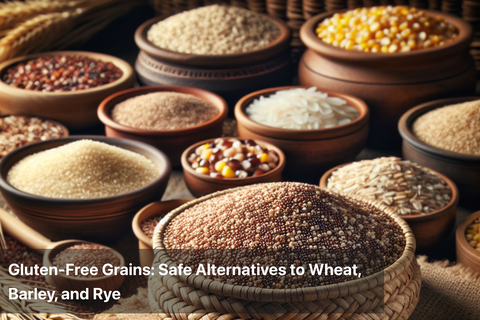
Leave a comment
Your email address will not be published.